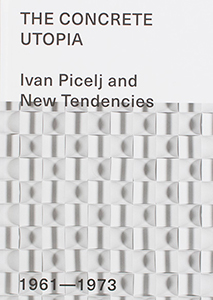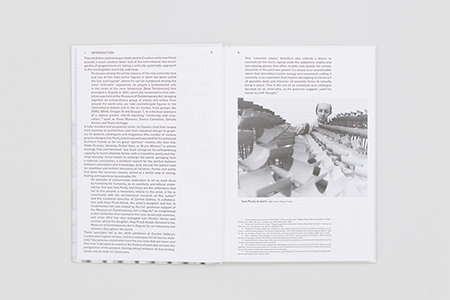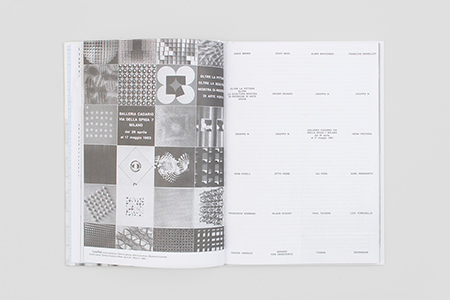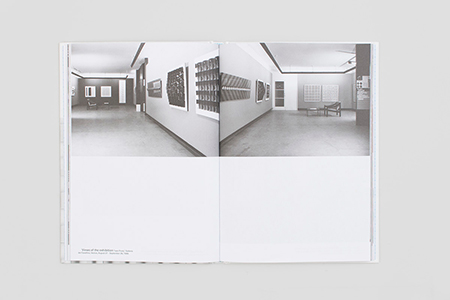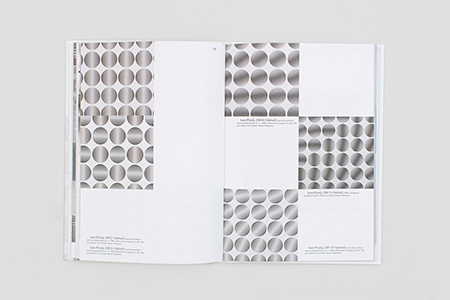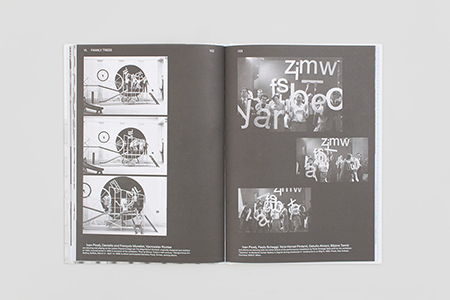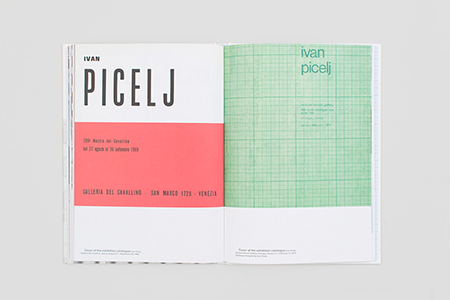This exhibition catalogue dedicated to Croatian artist Ivan Picelj provides a much needed closer look at the international neo-avantgardes of programmed art, taking a critically systematic approach to the investigation currently underway.
Picelj was among the prime movers of the neo-concrete turn and one of the most active figures in what has been called the last avant-garde, where he can be numbered among the most “orthodox” exponents; he played a fundamental role in the ranks of the nove tendencije [New Tendencies] that emerged in Zagreb in 1961, when the movement's first exhibition was held at the Museum of Contemporary Art, bringing together an extraordinary group of artists and critics from around the world who are now unchallenged figures in the international debate and in the art market: from groups like ZERO,
GRAV, Gruppo N and Gruppo T, to individual pioneers of a radical artistic rebirth blending “continuity and innovation,” such as Piero Manzoni,
Enrico Castellani, Getulio Alviani and Paolo Scheggi.
Published on the occasion of the eponymous exhibition at Cortesi Gallery, London, from May 26 to July 22, 2016.
Ivan Picelj (1924-2011) was a
Croatian painter, sculptor, designer and graphic designer. A student at the Fine Arts Academy in Zagreb between 1943 and 1946, he abandoned his studies to begin experimental research that moved away from the impositions of the official art language.
In 1951, together with architects Bernardo Bernardi, Zdravko Bregovac, Zvonimir Radić, Božidar Rašica, Vjenceslav Richter and Vladimir Zarahović, and painters Vlado Kristl and Aleksandar Srnec, Picelj founded the EXAT 51 group (Experimental Atelier 1951). This was the first Yugoslavian abstract art group, active during the first half of the fifties in the then-dominant climate of socialist realism. The group played an important role in Croatian art; its program advocated the synthesis of all visual art, an idea inspired by the legacy of Russian
constructivist avant-garde and
Bauhaus experiences.
In 1959, Picelj began a successful collaboration with the Denise René Gallery in Paris, as well as with international galleries such as Howard Wise in New York, Baruch Gallery in Chicago and Galleria del Cavallino in Venice. In the early sixties, he was one of the founders of the New Tendencies movement, which shared several central themes with Picelj's work, covering for the group as the role of editor of the
BIT international magazine, and for the designers of posters and publications that were linked to it.
Since that time, Picelj has produced several limited-edition artists' books, collaborating with Richter,
Vasarely and Alviani artists, amongst others. In 1962, he wrote the manifesto titled,
For Active Art, which clearly shows his inclination towards avant-garde thinking.
His works have been exhibited in many renowned local and international institutions and are included in several international museum collections, including the Museum of Modern Art in New York, Victoria & Albert Museum in London, Centre Georges Pompidou in Paris and Boymans Museum in Rotterdam.
Since 2012, the Museum of Contemporary Art in Zagreb has maintained a collection of Picelj's work, as well as his archives and library. These formed an important gift from Anja Picelj-Kosak to the institution, contemporary art scholars and the public.

